How to deal with a weevil on a strawberry during flowering?
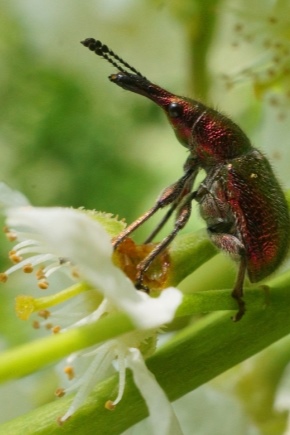
Weevil attacks are a common problem for strawberry garden owners. It is usually possible to cope with these pests during the flowering of the culture only by using folk remedies and biological preparations.
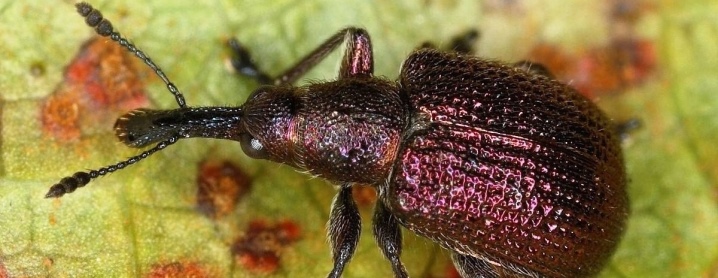
Folk remedies
It is most correct to process strawberries from weevils during flowering without the use of chemicals.
Onion peel
Onion infusion helps many gardeners to get rid of pests. To prepare it, you need to fill a three-liter jar with two parts of the husk of the fruit, as well as one part of celandine, or rather, its stems and leaves. Freshly boiled water is poured into the container so that 2/3 of the total volume remain empty. When the infusion has cooled down, after straining it can be immediately used for spraying without additional dilution with clean water.
The most convenient way to do this is with an infusion filter. The first treatment with onion infusion is carried out when the first flowers appear, and the second - after two weeks.
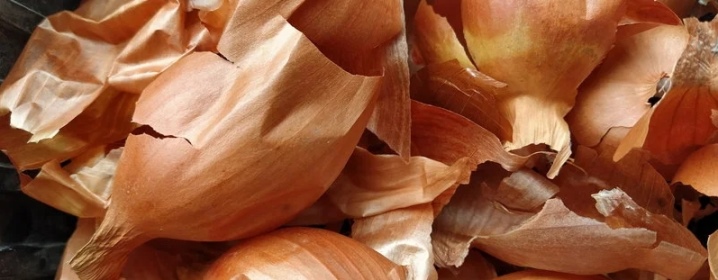
Laundry soap
A bar of regular soap, always available on the household, can play an important role in the fight against parasites. To prepare the solution, you will need to grate 100 grams of the substance and dissolve them in a bucket of hot water. The liquid is cooled naturally and then used for processing. A combination of soap and birch tar will be very effective. Such a composition is created by combining a couple of tablespoons of tar, 30 grams of soap shavings and 10 liters of water. You can also treat strawberries with tar soap.
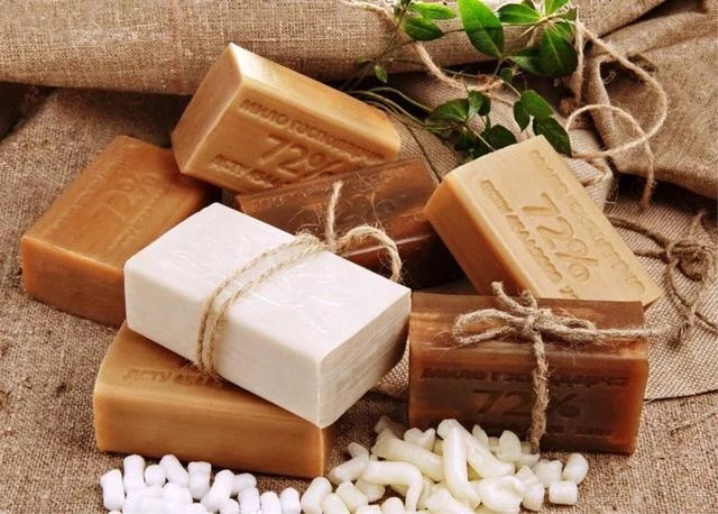
Infusion of tansy
To combat the weevil, infusion of tansy is perfect. Approximately 1.5 kilograms of fresh green mass or 0.5 kilograms of dry are poured with 5 liters of water. The liquid should be infused for a couple of days, and then boil for about 30 minutes. After straining, the homemade insecticide is diluted with cold water so that its total volume reaches 10 liters. For better fixation of the drug on the leaves of the plant, it also makes sense to add about 50 grams of soap shavings to the composition.
The ready-made broth is used for spraying bushes.
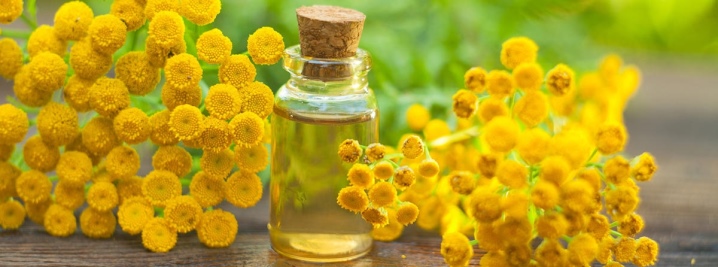
Ash
Wood ash can be used in two ways. The first involves the formation of a thick layer of powder around each berry bush. The second requires the preparation of a solution, for which 3 kilograms of ash and 40 grams of soap shavings are diluted in 10 liters of water.
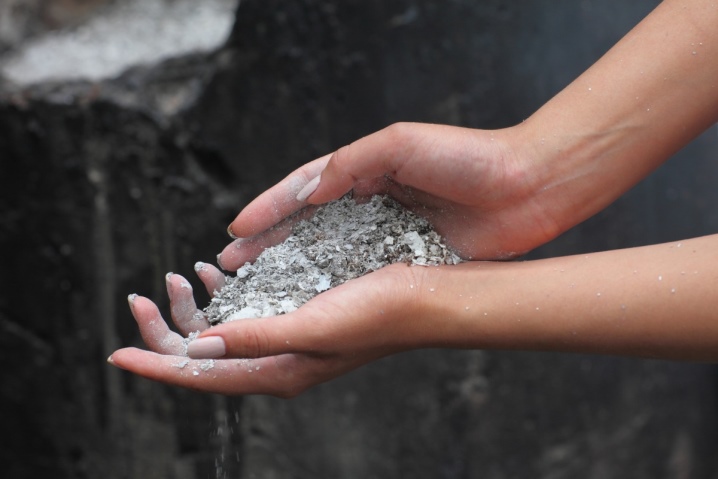
Sagebrush
Strawberry weevil is very afraid of a decoction of bitter wormwood. Pour the green mass with 4-5 liters of water and boil for about a quarter of an hour. The filtered liquid is topped up with clean water up to 10 liters.
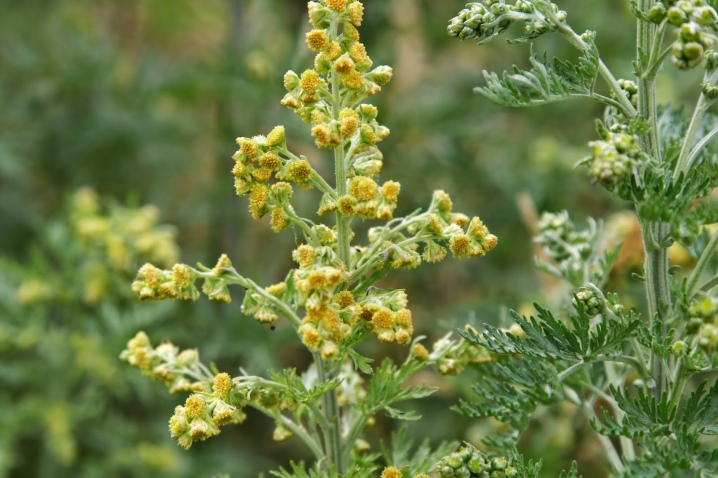
Garlic
To prepare garlic tincture, you need to take 100 grams of dried leaves, fill them with a bucket of water and leave for 24 hours. Each liter of ready-made solution is enough to process one square meter of plantings. Another recipe involves the use of 100 grams of garlic, which are poured with 10 liters of water and infused for 7 days. After a week, 2 tablespoons of boric acid and 400 milliliters of pine extract are added to the infusion.

By the way, a great solution would be to plant garlic nearby with strawberries. Weevils cannot stand its pungent smell, and therefore will prefer to stay at a distance.
Other
- It is useful to spray strawberry plantings with a mustard solution. For its preparation, 100 grams of dry powder is diluted in a liter of water, after which the mixture is diluted with a couple of liters more. It makes sense to immediately add 100 grams of soap shavings to the composition.
- The bushes can be sprinkled with tobacco dust or tooth powder. It is also not forbidden to use tobacco dust to create a solution: 200 grams of powder are poured with 10 liters of hot water and infused for 24 hours.
- If the farm has potassium permanganate, then 5 grams of it should be diluted in 10 liters of water and also used for watering strawberries.
- The required effect can be achieved by using an iodine solution. It is prepared as follows: 0.5 teaspoon of a five percent drug is diluted in 10 liters of water. For better fixation on the leaves of the bushes, you can also add liquid soap. This solution should be used only after abundant irrigation of the plantings.
- Pest control is simplified by a baking soda solution, which is created from 2 tablespoons of powder, as well as a bucket of water.
- The desired result can be obtained by spraying nine percent vinegar on the beds.diluted in a bucket of water in a proportion of 100 milliliters per 10 liters. Its pungent smell will scare away the weevils.
- Boric acid can be sprayed neat on the surface where pests live.
- Yeast bait always helps to cope with insects. To prepare the drug, 50 grams of dry yeast are combined with 100 grams of granulated sugar and 500 milliliters of water. When the solution ferments, which the specific smell will "tell" about, it will be time to pour it into a container with a narrow neck made of plastic or glass and place the beds nearby. It is important that the substance does not fill more than a third of the container. The walls of the container can be additionally lubricated with sunflower oil, which will prevent the weevils that flock to the bait to get out.
- You should also try a solution based on ten percent ammonia. First, in a small amount of hot water, you will need to dissolve large shavings of one bar of 72% laundry soap. Next, the resulting liquid should be combined with 10 liters of cold water and ammonia. The solution is used fresh either in the morning or in the evening. Sudden rain will require re-treatment.
- It is recommended to combine ammonia with iodine. When the first buds appear, the bushes are watered with a solution of the first substance, and after a week they are sprayed with a solution of the second. Such double treatment will not only protect against pests, but also act as a prophylaxis against the appearance of gray rot and some fungal diseases.
- A kilogram of fresh or 500 grams of dried red pepper pods can also be used to prepare an insecticidal solution., ideally crushed. The vegetable mass is poured with 10 liters of water and infused for about two days in an enamel hermetically sealed container. After the above period, the mixture must be boiled for about 10 minutes and left for another two days. Before use, the infusion must be filtered. It can be stored in bottles with tight caps in a room with a low temperature.
- Nettle infusion will help protect the garden from harmful insects. To create it, young greens will need to be finely chopped, and then filled with it in half a convenient container. Then everything is filled with water, not reaching the edges. After two weeks of infusion, the liquid will be ready for use. Before direct spraying, it will have to be diluted with clean water in a ratio of 1:10.
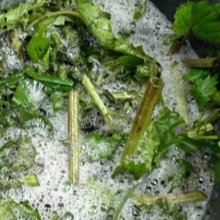
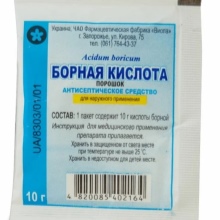

Hand picking
Fighting insects during the flowering period of strawberries can also be done in a purely mechanical way. It is relatively easy to do this, but still this method takes too much time and effort, therefore it is only suitable for owners of small garden plots. If damaged leaf blades appear on the bush, or weevils are clearly visible on the flowers, then an oilcloth or newspaper should be placed right under the strawberries, after which it is necessary to shake it tangibly several times.
It is better to do this in the morning, when insects are less active. Most of the pests will be on the substrate, and it will only have to be immediately sent to the fire. The few remaining creatures will have to be collected manually.
By the way, if you regularly weed strawberry beds and clean them of debris, including plant origin, you can significantly reduce the population of weevils. Another preventive measure is cutting and burning of buds and leaf plates damaged by larvae. The fight against weevils will help to facilitate the black film covering the ground around the plantings.
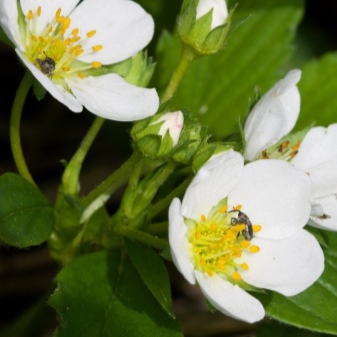
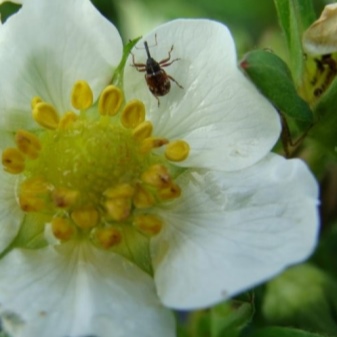
Biological preparations
It will be possible to defeat the weevils quite quickly if the flowering strawberries are sprayed with biological preparations in a timely manner. Such drugs, unlike chemical solutions, are not toxic and remain safe for both humans and plants themselves. Moreover, most of them also provide protection to the culture by strengthening the immune system.
Gardeners prefer to use against pests "Nemabakt", the key substance of which is nematode worms, which destroy parasites from the inside. The bushes can be watered with the drug Iskra-bio, which is based on substances produced by fungi and other natural components. This tool also has low toxicity, but its disadvantage is the inability to use in cold weather.
One of the most effective biological products is Akarin. It decomposes quickly in the soil, does not harm the plants themselves, and effectively eliminates weevils. However, some beneficial insects also fall prey to it.
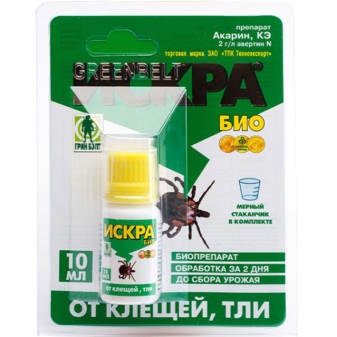
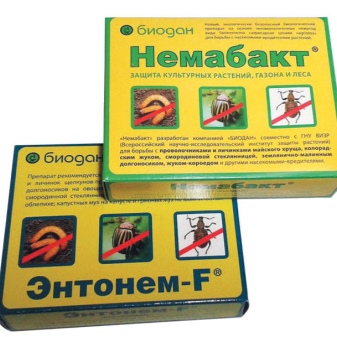
It will be extremely effective to use a combination of several biological products during the flowering culture. To implement the recipe, you will need to prepare two liter jars and fill each half with warm water.
In the first container 15 milliliters of "Fitoverma" are diluted, and in the second - 80 grams of "Bitoxibacillin". In both cases, the contents of the dishes are thoroughly mixed. Having poured the contents of the cans into the sprayer, it will also be necessary to add 9 liters of settled water there. Soap shavings in the amount of 50 grams are suitable as an adhesive. Spraying the bushes with this composition should be carried out only in the evening, when the bees no longer fly.
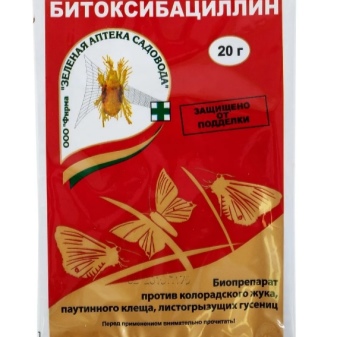
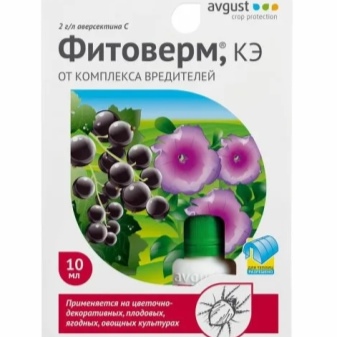
For information on how to deal with a weevil on a strawberry during flowering, see below.













The comment was sent successfully.